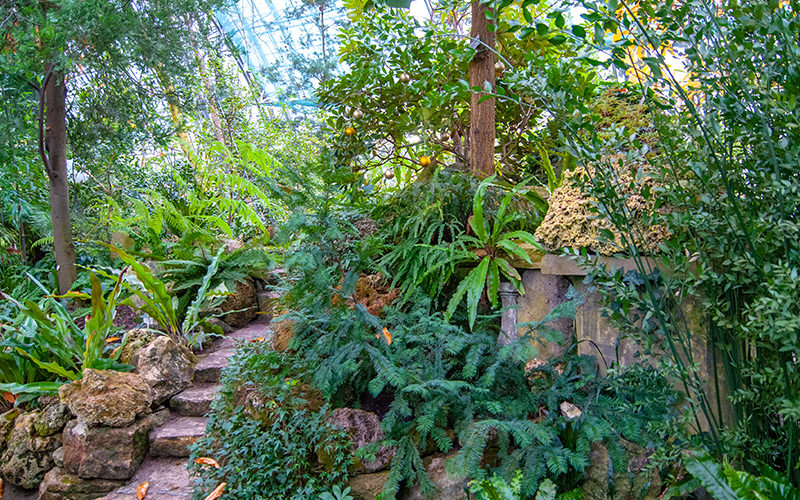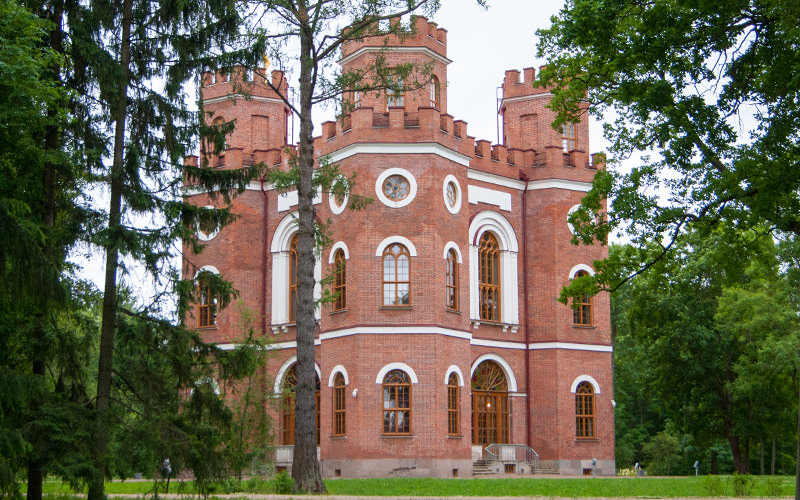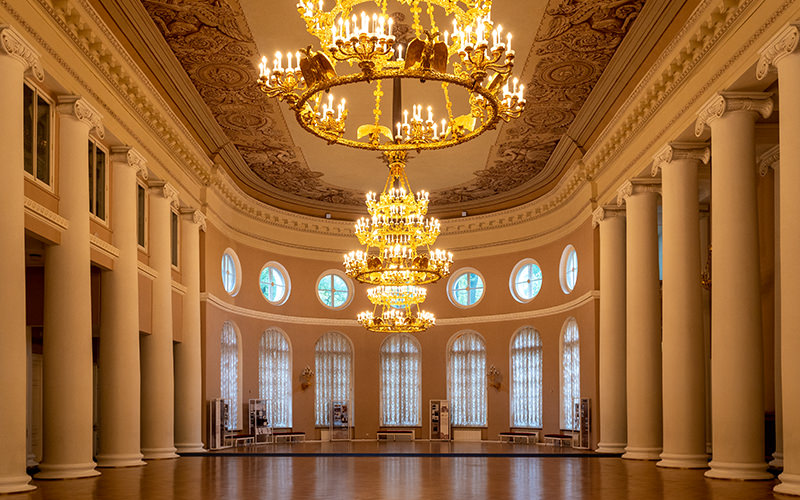Tavrichesky Garden is one of the largest examples of garden and park architecture in St. Petersburg. It is located in the central part of the city on the Nameless Island, about three kilometers from Palace Square.
How to Get There
The garden is just a few minutes' walk from the “Chernyshevskaya” metro station. Upon exiting the metro, turn right, walk to Furshtatskaya Street, and turn right again. The entrance to the park is only 400 meters away. You can exit Tavrichesky Garden onto any of the four streets it borders: Tavricheskaya, Kiricheskaya, Potemkinskaya, or Shpalernaya.
History of Tavrichesky Garden
The garden was created during the construction of the neighboring Tavrichesky Palace. The palace was the St. Petersburg residence of Grigory Alexandrovich Potemkin, who was a favorite, and according to unconfirmed sources, possibly a spouse of Catherine II.

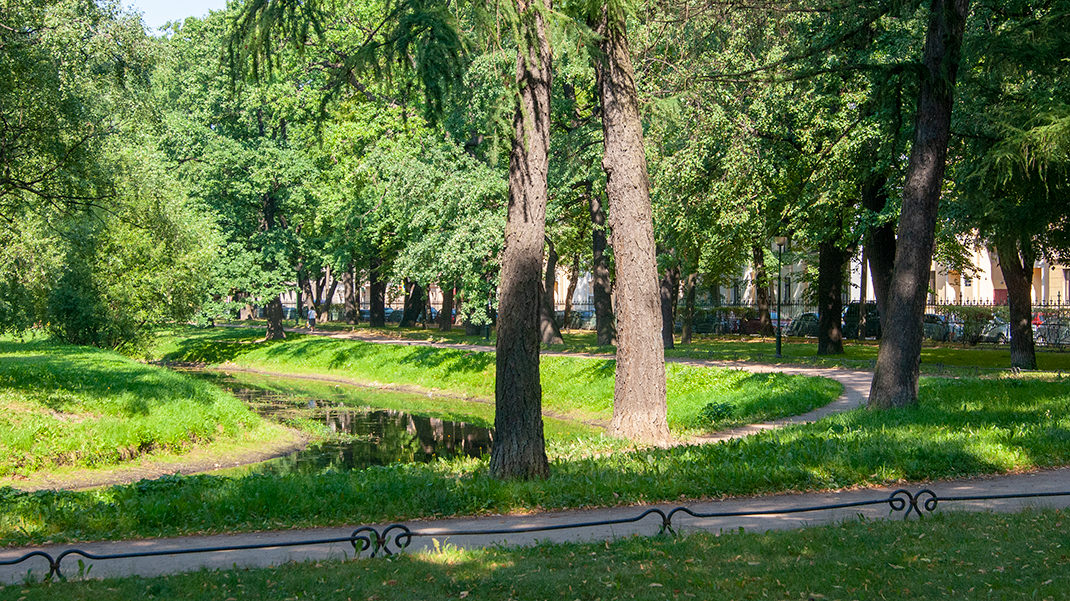

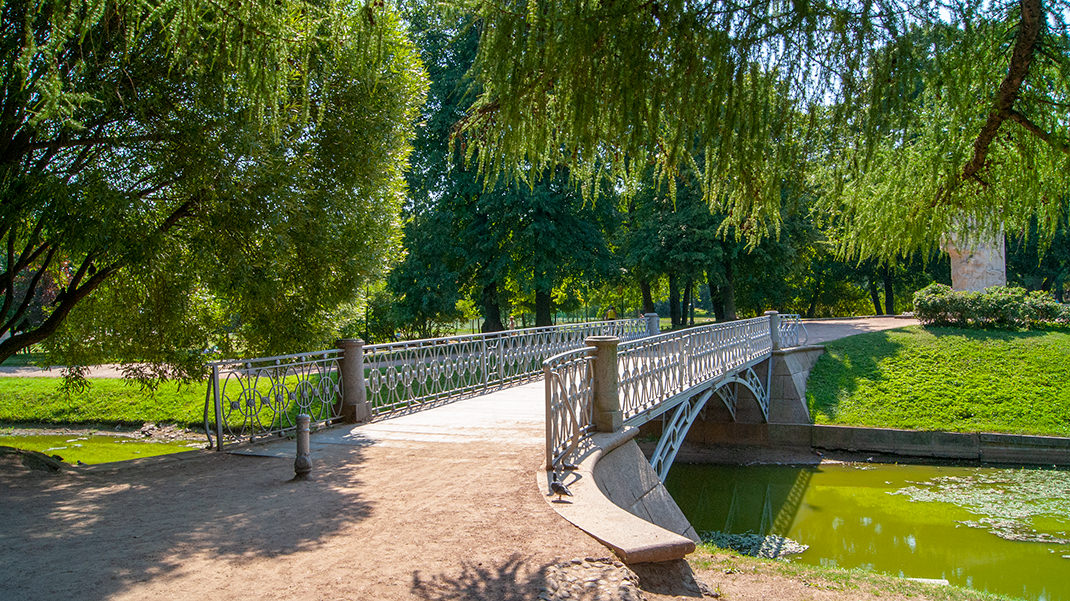
For his services to the homeland, particularly for his role in the annexation of Crimea to the Russian Empire and the establishment of the Black Sea Fleet, Potemkin was granted the title of Prince of Tauris. As we remember, the ancient name of Crimea was Taurica or Taurida. This is the origin of the names of the garden, palace, and the adjacent street. Along with the title, Grigory Alexandrovich was granted land and a palace.
The Tavrichesky Palace was built from 1783 to 1789. The garden was laid out by 1800. Over the years, it housed the State Duma and the Provisional Government. Today, the palace serves as the headquarters of the Inter-Parliamentary Assembly of the Commonwealth of Independent States.

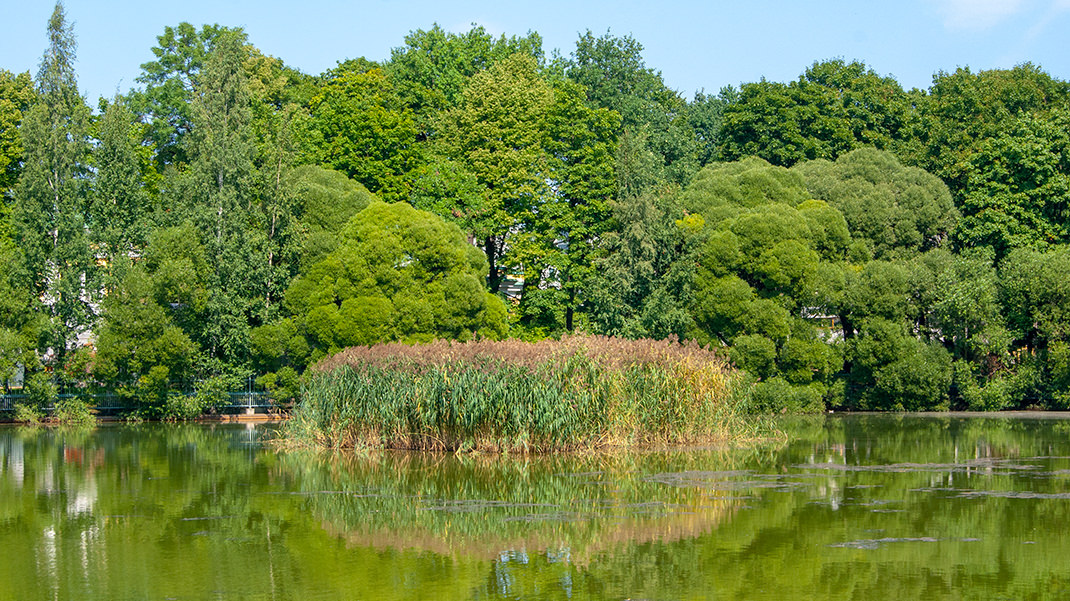
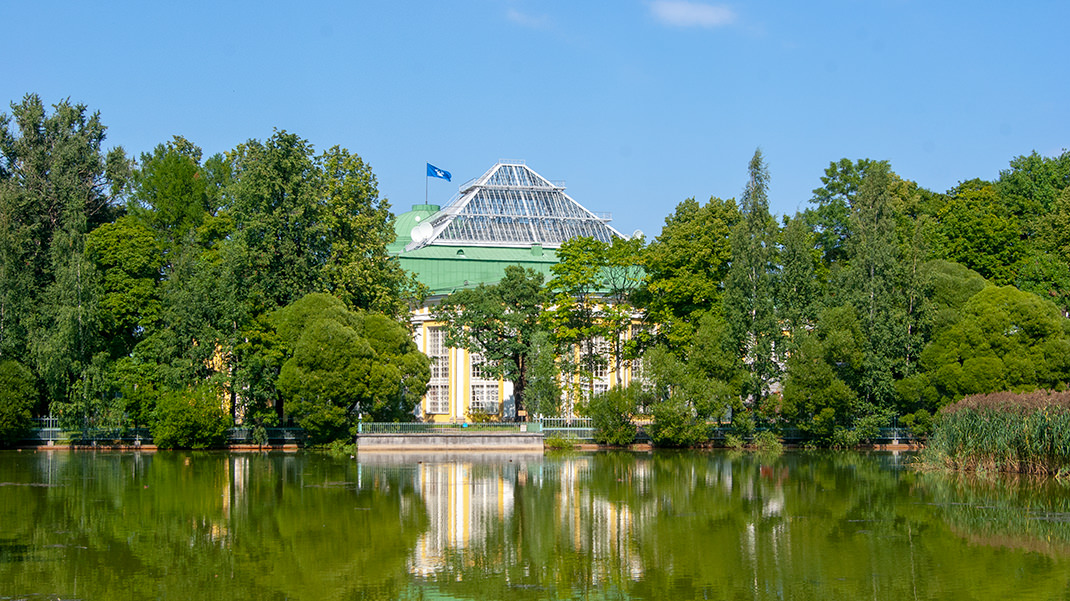

In the 1930s and 1940s, Tavrichesky Garden was known as the Park of Culture and Recreation of the First Five-Year Plan. From 1958, it was called the Central Children's Park. In 1975, the garden was returned to its historical name. Like many gardens and buildings in St. Petersburg, the park suffered during the Great Patriotic War.
Today, Tavrichesky Garden is a favorite spot for locals. In the eastern part of the park, there are ponds. On a small island, there is a monument to the young heroes of the city's defense. Small bridges connect the garden with the island.
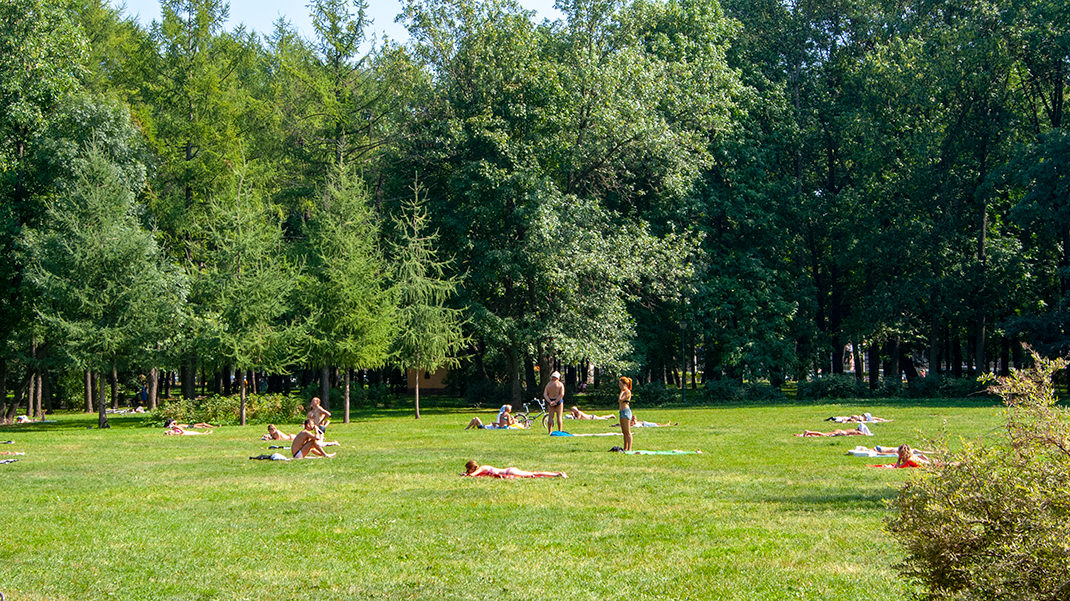

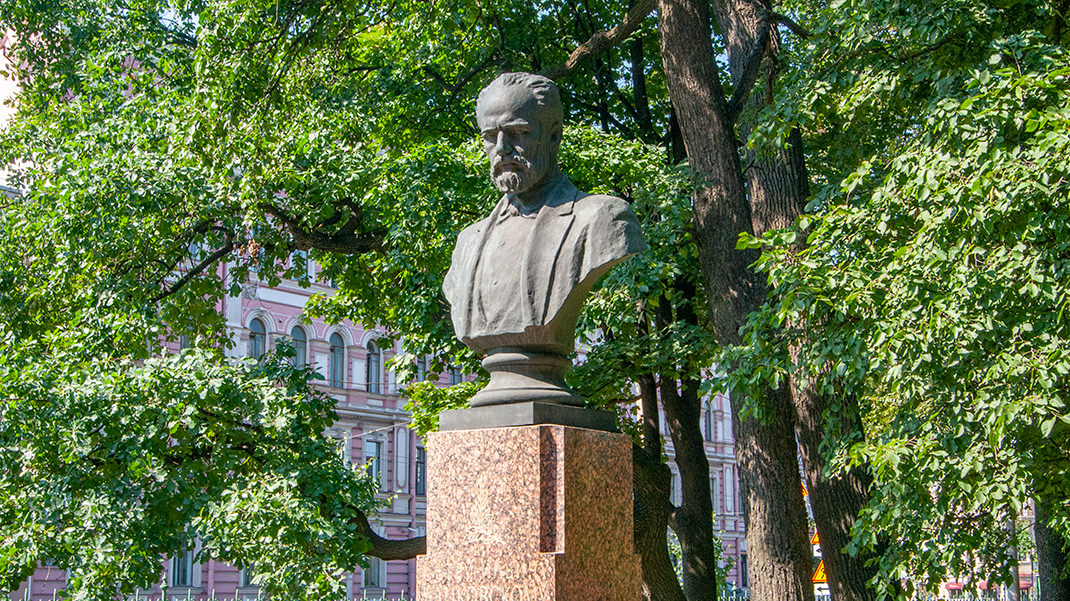
In the southwest part of the park, on the open avenues, you can see many sunbathers in the summer. Monuments to S. A. Yesenin and P. I. Tchaikovsky are also located here. Near the central part of the park is a concert hall. We don’t know if any events are held there, but the adjacent area is popular among park visitors: you can see both young couples and elderly people playing chess.
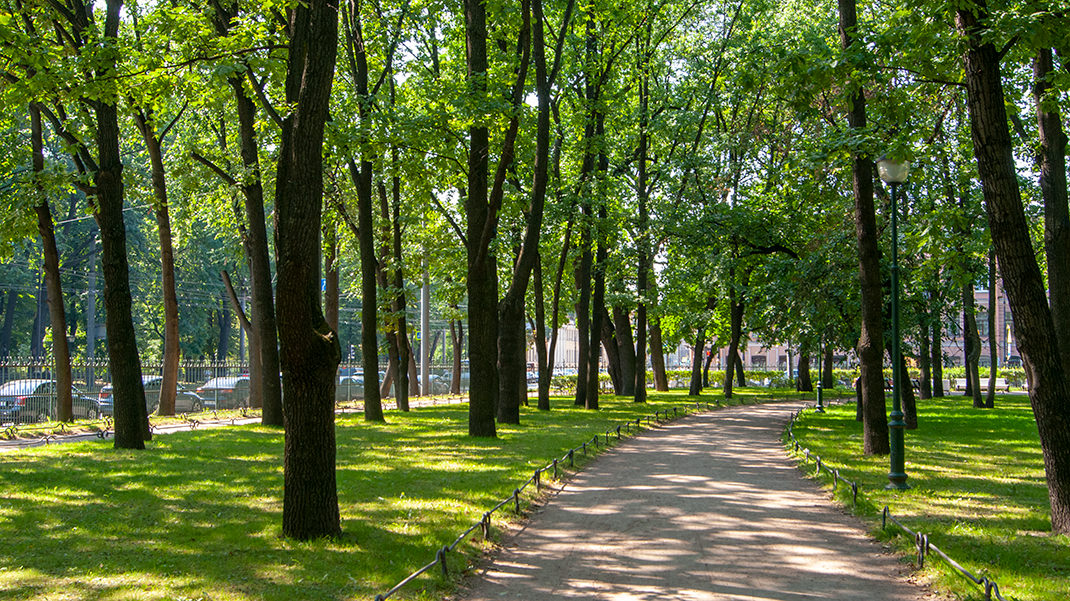

Near the pond's shore, there is the fountain "Boy with a Goose." Several benches are located around the fountain where you can relax from the heat and city hustle.
Within walking distance of Tavrichesky Garden, you can find the monument to Anna Akhmatova and the Smolny Cathedral. A couple of kilometers away is the Summer Garden.
In summary:
- A large area with not too many visitors, ideal for a peaceful rest;
- Numerous places for relaxation: benches and lawns by the ponds and under the trees;
- There is a bike parking near Kiricheskaya Street, at the A. V. Suvorov Museum—if you arrive by bike, you can leave it there.


